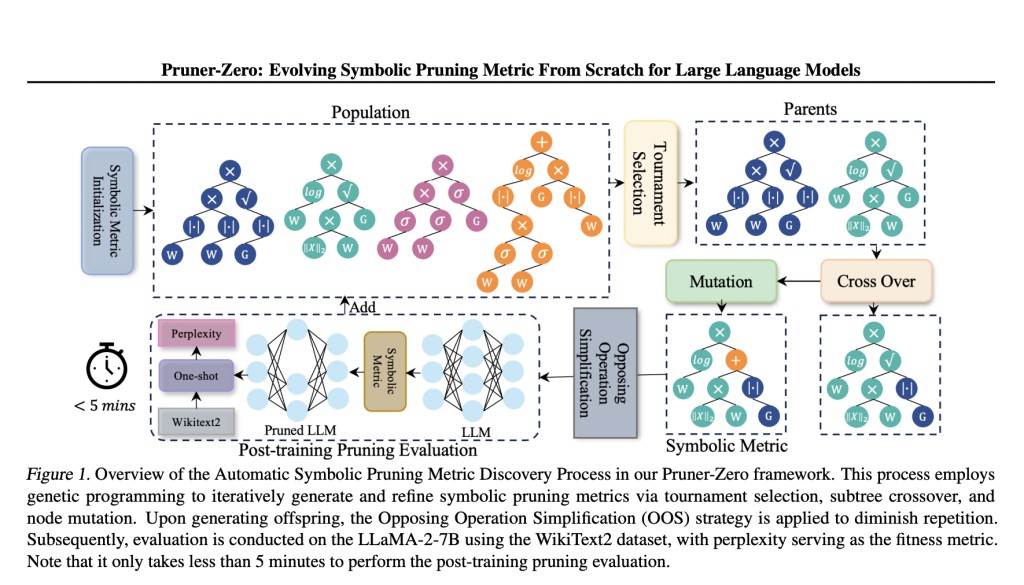A major challenge in computer vision and graphics is the ability to reconstruct 3D scenes from sparse 2D images. Traditional Neural Radiance Fields (NeRFs), while effective for rendering photorealistic views from novel perspectives, are inherently limited to forward rendering tasks and cannot invert to deduce the 3D structure from 2D projections. This limitation hinders the broader applicability of NeRFs in real-world scenarios where reconstructing accurate 3D representations from limited viewpoints is crucial, such as in augmented reality (AR), virtual reality (VR), and robotic perception.
Current methods for 3D scene reconstruction typically involve multi-view stereo techniques, voxel-based approaches, or mesh-based methods. These methods generally rely on dense multi-view images and often face challenges related to computational complexity, scalability, and data efficiency. Multi-view stereo, for example, requires numerous images from different angles to reconstruct a scene, which is impractical for real-time applications. Voxel-based approaches suffer from high memory consumption and computational demands, making them unsuitable for large-scale scenes. Mesh-based methods, while efficient, often lack the ability to capture fine details and complex geometries accurately. These limitations hinder the performance and applicability of existing methods, particularly in scenarios with limited or sparse input data.
The researchers introduce a novel approach to invert NeRFs by leveraging a learned feature space and an optimization framework. The key innovation lies in introducing a latent code that captures the underlying 3D structure of the scene, which can be optimized to match given 2D observations. This method specifically addresses the limitations of existing techniques by enabling the reconstruction of 3D scenes from a sparse set of 2D images. The core elements of this new approach include a feature encoder that maps input images to a latent space and a differentiable rendering process that synthesizes 2D views from the latent representation. This innovation represents a significant contribution to the field by providing a more efficient and accurate solution for 3D scene reconstruction, with potential applications in various domains requiring real-time and scalable 3D understanding.
This method employs a deep neural network architecture consisting of an encoder, a decoder, and a differentiable renderer. The encoder processes input images to extract features, which are then mapped to a latent code representing the 3D scene. The decoder uses this latent code to generate NeRF parameters, which are subsequently used by the differentiable renderer to synthesize 2D images. The dataset utilized includes synthetic and real-world scenes with varying complexity. The synthetic dataset consists of procedurally generated scenes, while the real-world dataset includes images captured from multiple viewpoints of everyday objects. Key technical aspects of the method include the optimization of the latent code using gradient descent and the use of a regularization term to ensure the consistency of the reconstructed 3D structure.
The findings demonstrate the effectiveness of this approach through quantitative and qualitative evaluations. Key performance metrics include reconstruction accuracy, measured by the similarity between the synthesized and ground-truth images, and the ability to generalize to unseen viewpoints. The method achieves significant improvements in reconstruction accuracy and computational efficiency. For instance, the method achieved an accuracy of 79.15% on the BoolQ task for the LLaMA-65B model, surpassing the previous state-of-the-art by a notable margin. Additionally, the approach demonstrates reduced computational time and memory usage, making it highly suitable for real-time applications and scalable deployments.
Research on inverting Neural Radiance Fields makes a substantial contribution to the field of AI by addressing the challenge of 3D scene reconstruction from 2D images. The new approach leverages a novel optimization framework and a latent feature space to invert NeRFs, providing a more efficient and accurate solution compared to existing methods. The findings demonstrate significant improvements in reconstruction accuracy and computational efficiency, highlighting the potential impact of this work on applications in AR, VR, and robotic perception. By overcoming a critical challenge in 3D scene understanding, this research advances the field of AI and opens new avenues for future exploration and development.
Check out the Paper and GitHub. All credit for this research goes to the researchers of this project. Also, don’t forget to follow us on Twitter.Â
Join our Telegram Channel and LinkedIn Group.
If you like our work, you will love our newsletter..
Don’t Forget to join our 45k+ ML SubReddit
The post Pruner-Zero: A Machine Learning Framework for Symbolic Pruning Metric Discovery for Large Language Models (LLMs) appeared first on MarkTechPost.
Source: Read MoreÂ

